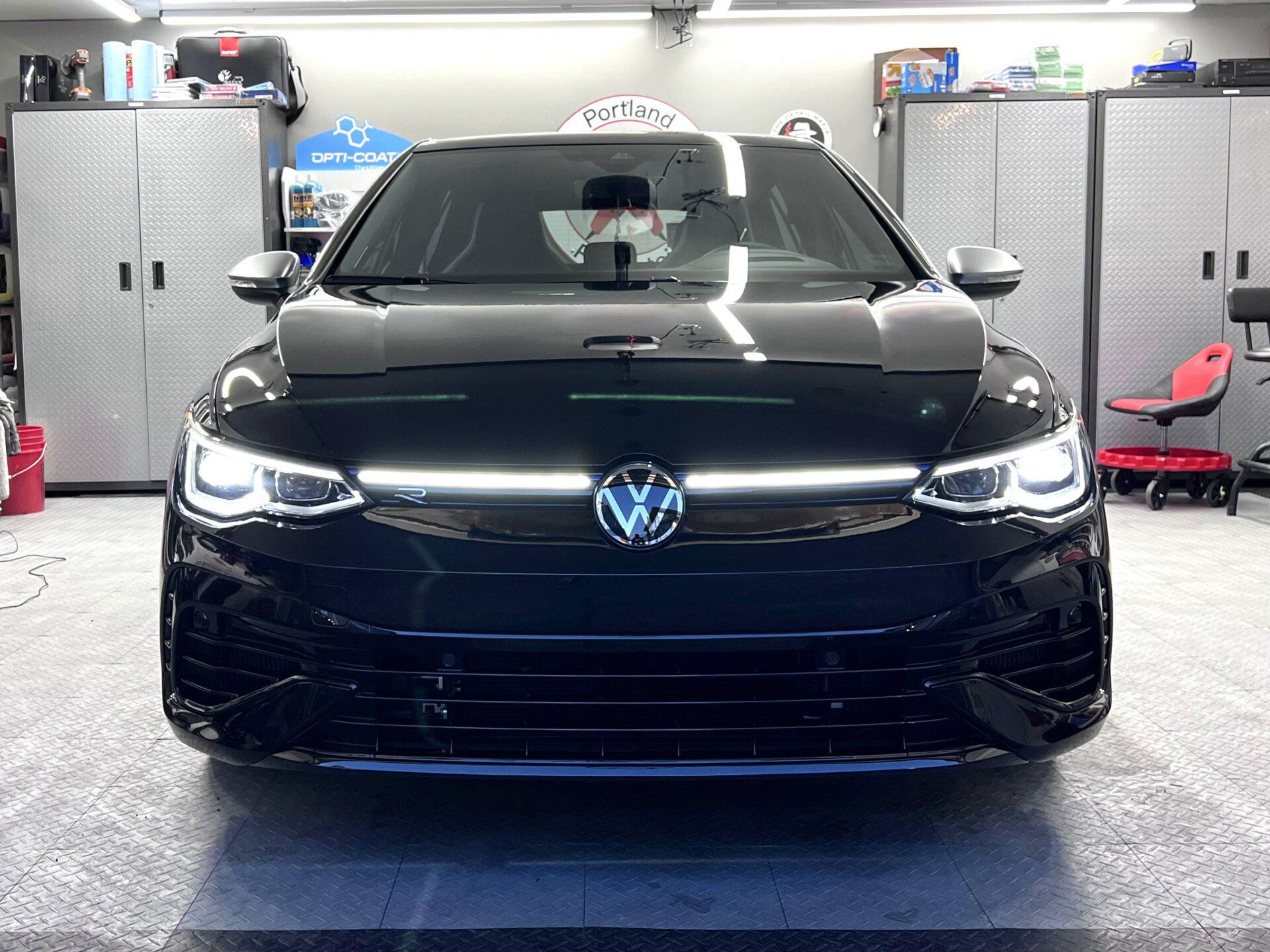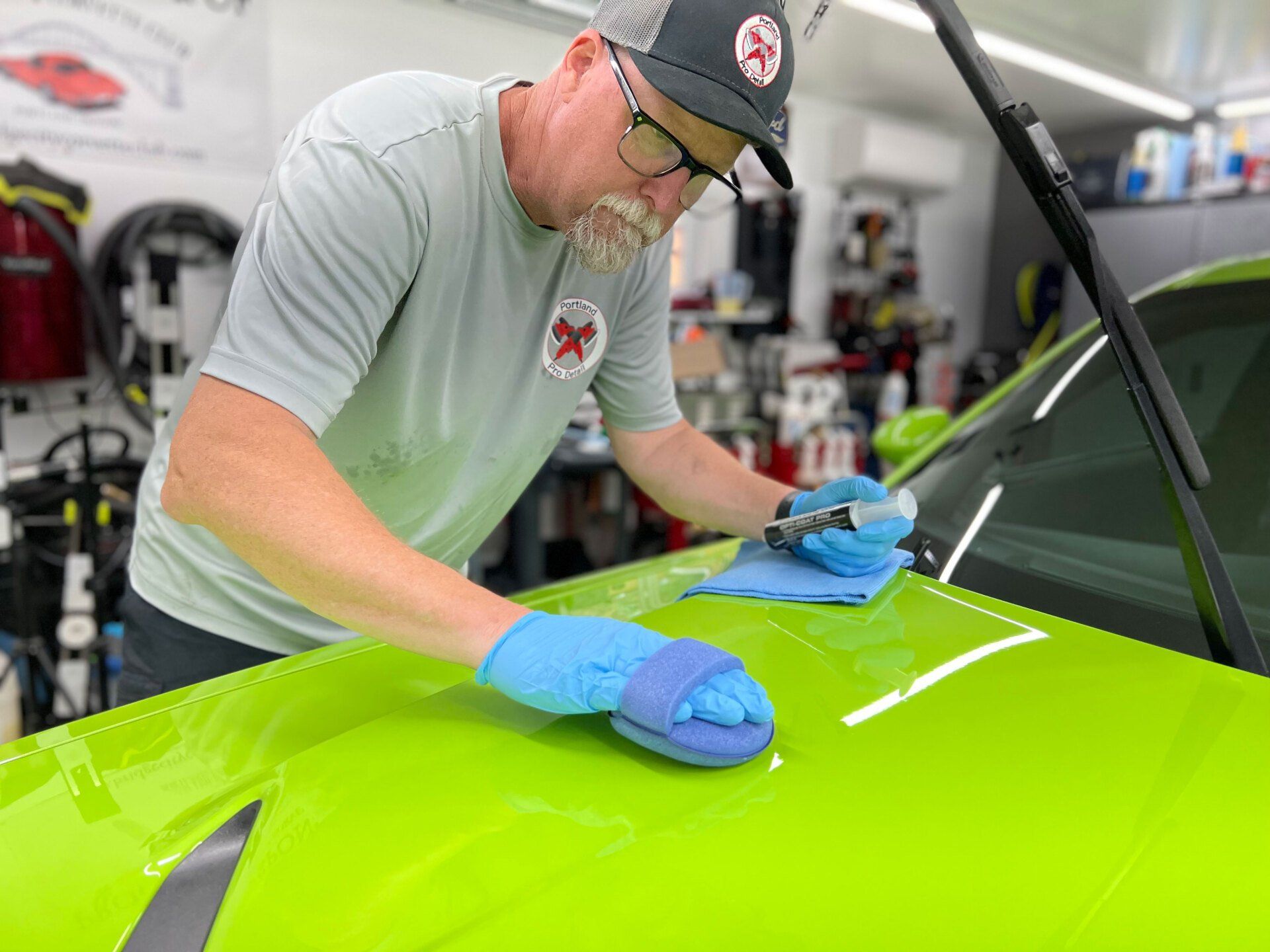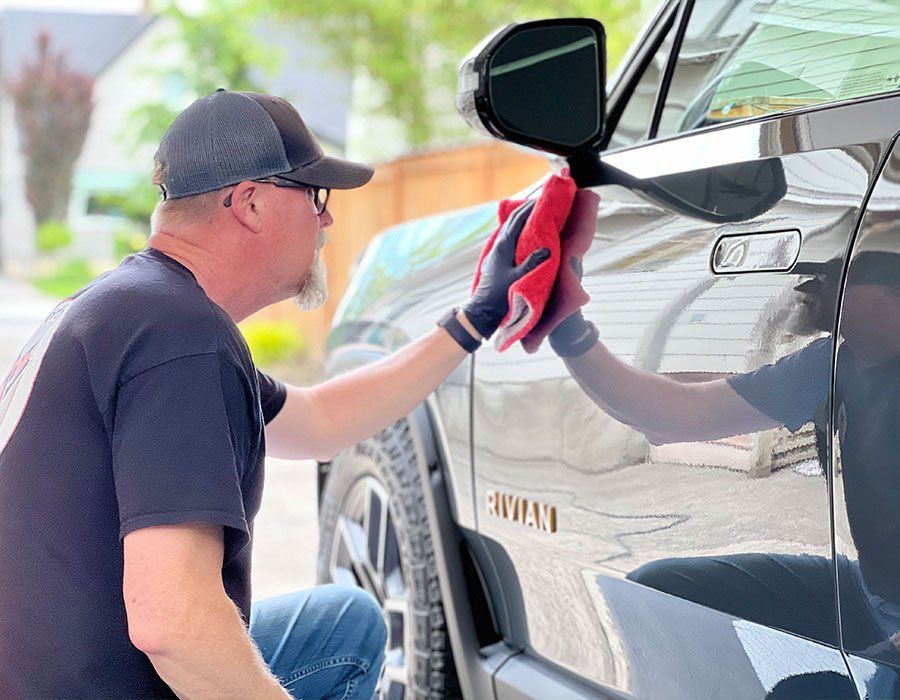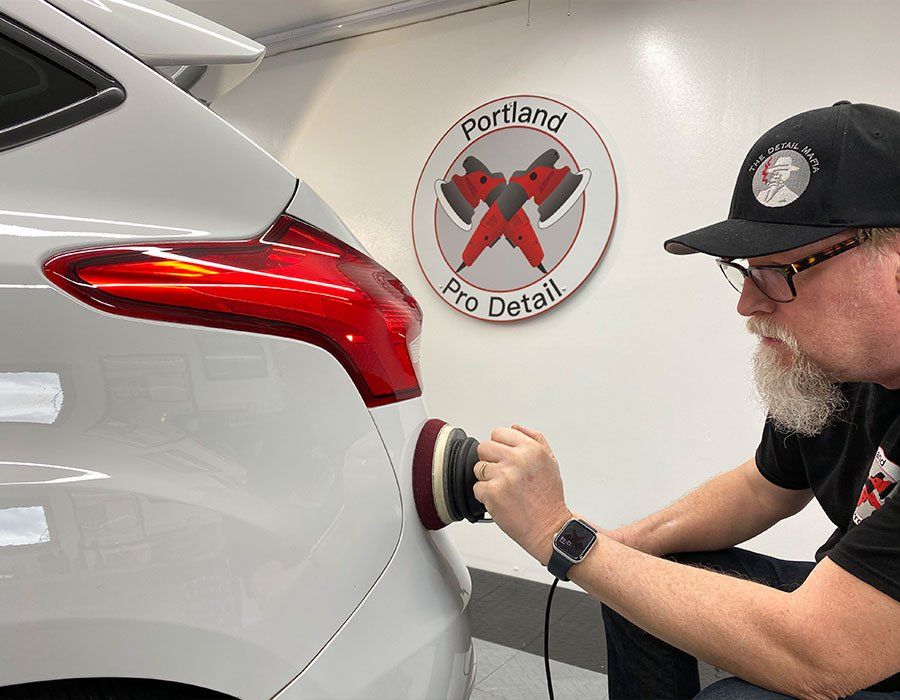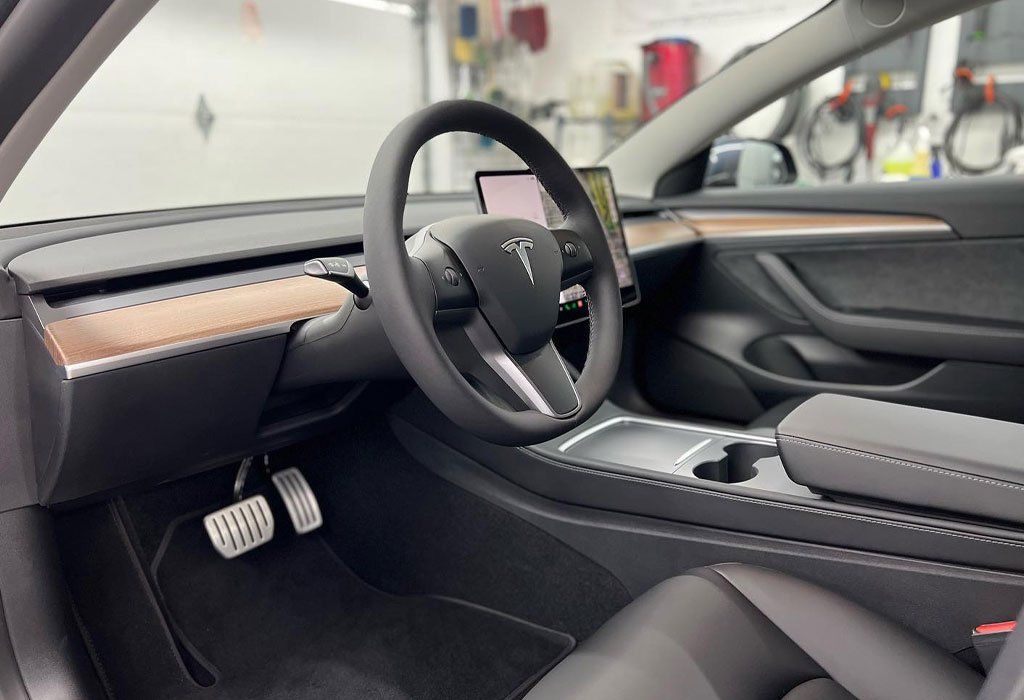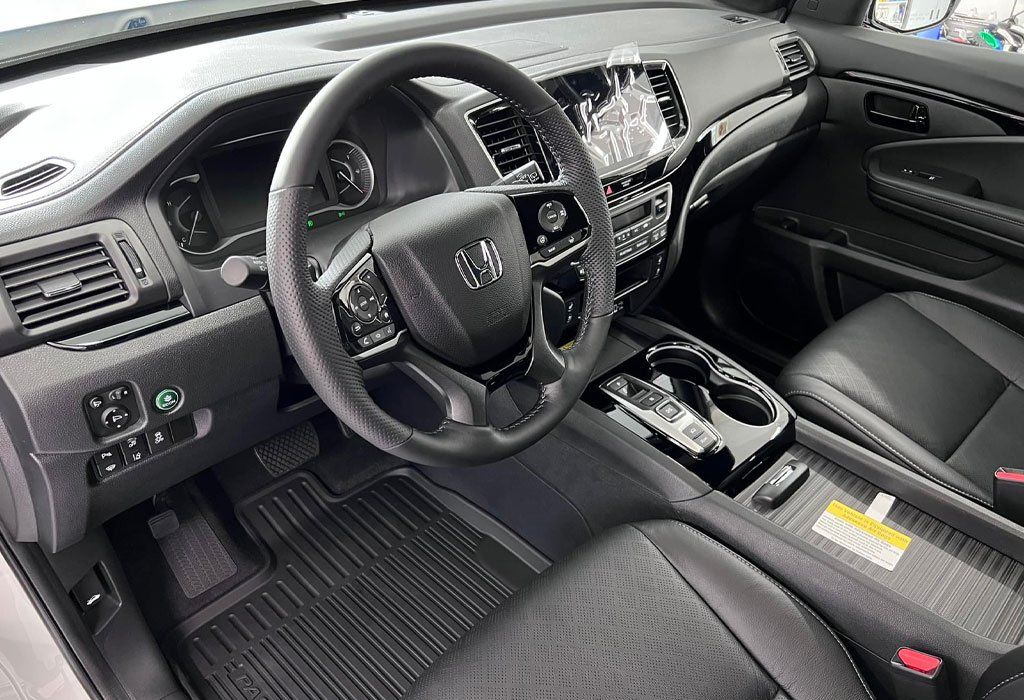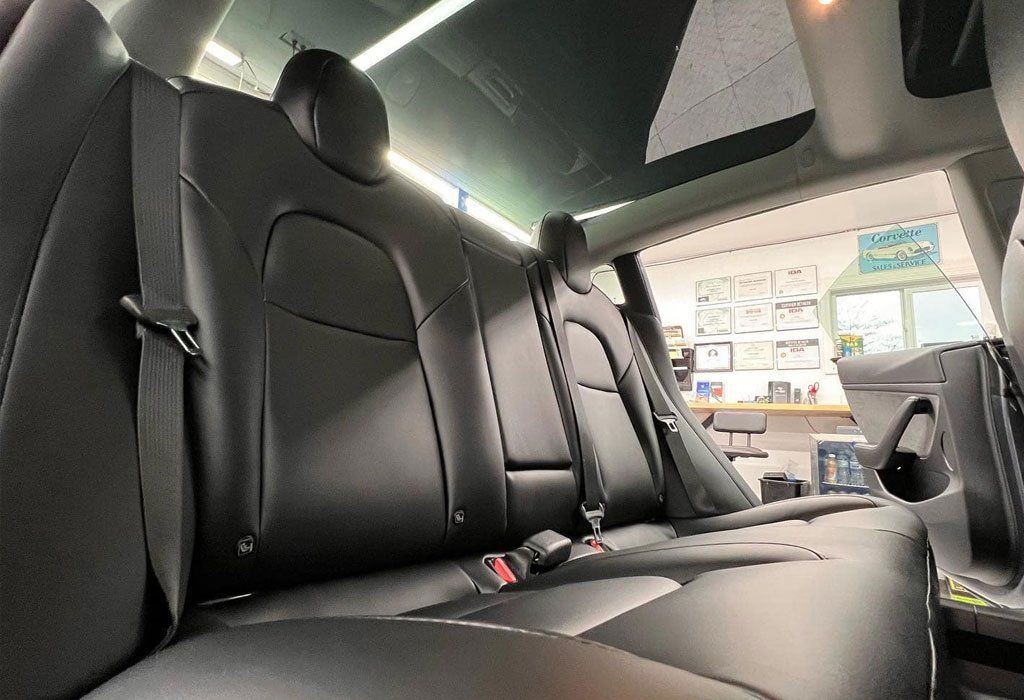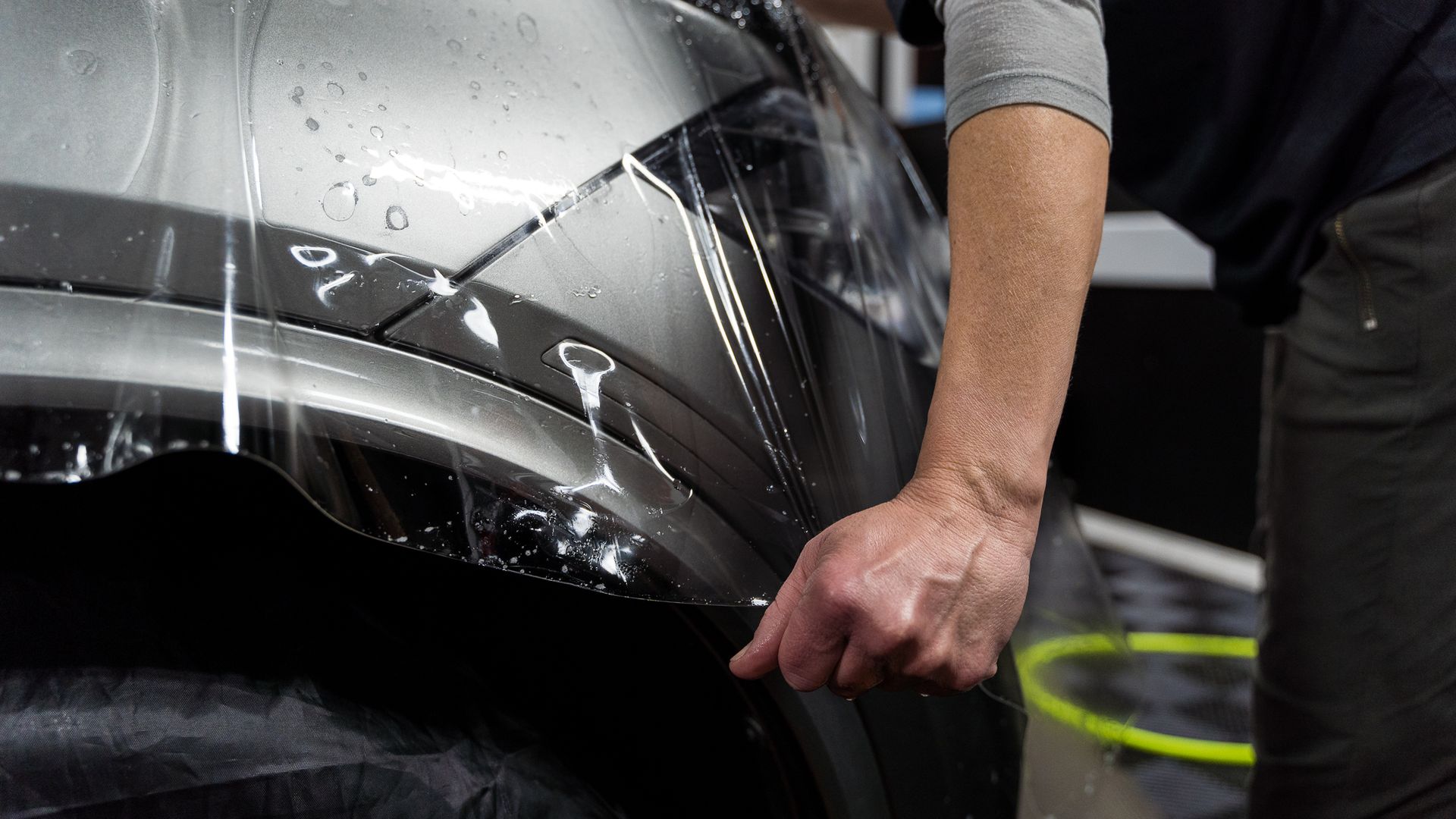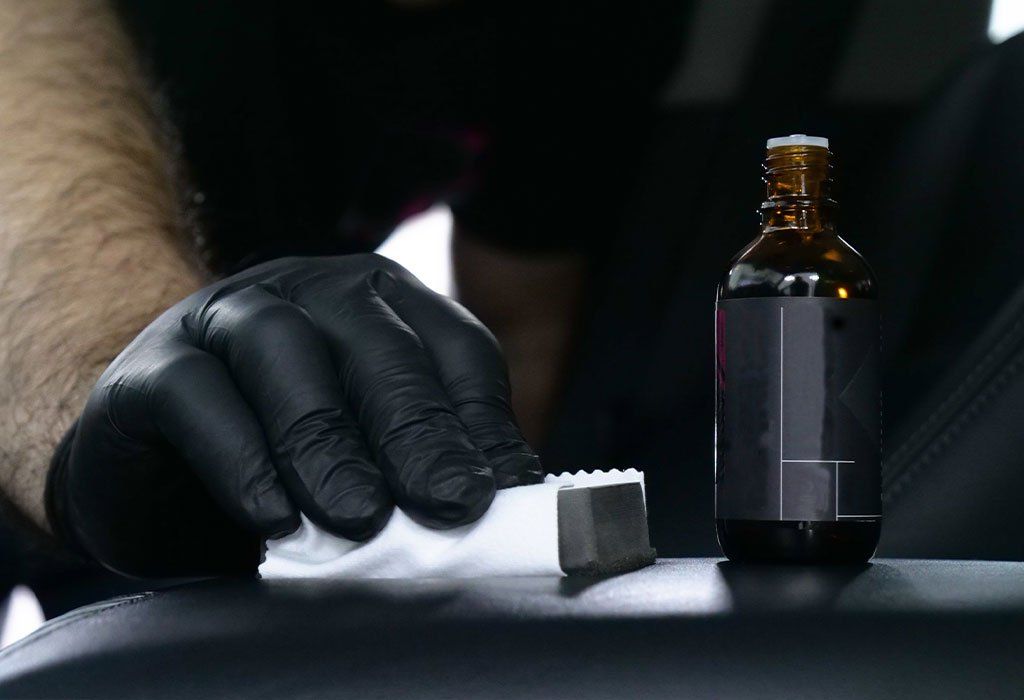How Long Does It Take for Interior Ceramic Coating to Cure? A Complete Guide
CALL (503) 444-7415
When it comes to keeping your car's interior looking fresh and new, many people wonder about the best way to protect those surfaces from wear and tear. Have you thought about protecting your car’s interior with a ceramic coating? If you're shaking your head yes or no, don’t worry; you’re not alone. Many car owners have questions about how long it takes for these coatings to cure properly so that they can enjoy the full benefits without worrying that they rushed the process. In this guide, we'll break down everything you need to know about curing times for interior ceramic coatings and how they can help extend the life of your vehicle’s interior. Let’s dive in!
Interior ceramic coatings typically require a curing time of 24 hours to up to 72 hours for optimal bonding and effectiveness. Factors such as temperature, humidity, and airflow can influence the curing process, so it's essential to follow manufacturer guidelines for best results.
What Is Interior Ceramic Coating?
Interior ceramic coating is a revolutionary protective solution specifically designed for car interiors. Unlike traditional waxes and sealants that only provide a temporary barrier, interior ceramic coatings utilize advanced nanotechnology compounds to create a semi-permanent bond with the surfaces they are applied to. This bond ensures longer-lasting protection and superior durability against everyday wear and tear.
Imagine driving your car off the lot, reveling in that bright, immaculate interior. However, over time, those pristine seats and dashboard can become stained or sun-faded due to spills and UV exposure. Here's where ceramic coating steps in. It’s particularly popular for areas like dashboards, leather seats, and plastic trims—essentially any surface at risk of damage from dirt or sunlight. When treated with this innovative coating, these materials receive a layer of protection that repels water, dirt, and other contaminants.
One of the most significant benefits of using an interior ceramic coating is its impressive hydrophobic properties. This means that liquids bead up and roll off the surface instead of being absorbed or causing stains. For example, if you spill coffee or soda on your leather seat, it’s much easier to wipe clean without leaving behind ghastly marks.
Moreover, there is something inherently satisfying about knowing that your car's interior is safeguarded from harmful UV rays that can lead to fading over time. Think of it as providing sunscreen for your vehicle's upholstery! By applying this protective layer, you extend the life of your interior surfaces and keep them looking fresh for much longer. While the notion of applying a permanent sealant seems appealing, it’s also essential to consider the proper application methods and aftercare required to ensure optimal results. Turning our focus now to what influences how effectively those coatings cure will help further enhance your understanding.
Factors Affecting Cure Time
One of the primary influences on the curing process is temperature. Warmer ambient temperatures tend to accelerate curing, offering a conducive environment for the solvents within the ceramic coating to evaporate effectively. However, extreme temperatures—either too hot or too cold—can interfere with this process. Ideally, a temperature range between 70°F and 85°F (21°C to 29°C) is most favorable. If you're working in an environment where temperatures dip below or soar above this range, you may find yourself grappling with extended curing times that can compromise the effectiveness of your coating.
Another significant factor that can heavily influence curing times is humidity. When humidity levels are high, they hinder the evaporation of solvents from the ceramic coating, thereby prolonging the curing period. The optimal humidity range for successful curing lies between 40% and 60%. So, if you're working in a damp environment, be prepared for a longer wait as the moisture in the air competes with your freshly applied coating to release solvent vapors. Conversely, low humidity can actually expedite curing, though it also introduces its unique challenges, such as potential uneven bonding.
Beyond temperature and humidity, external elements like dust and pollution shouldn't be overlooked either. While dust settling on the surface of your newly coated item doesn’t inherently slow down the curing process, it does pose risks by introducing imperfections that could lead to long-term issues. Even if your coating cures correctly, contaminants left caked onto the surface may undermine its effectiveness and longevity. It's advisable to keep a keen eye on your workspace during this critical period to minimize airborne particles from settling onto the surface.
Moreover, how you apply your ceramic coating also plays a pivotal role in how quickly it sets. Generally speaking, thicker layers of ceramic coating require longer curing times compared to thinner applications. This occurs because a denser layer traps solvents that must escape before full curing can happen. Applying even, thin layers not only enhances adhesion but also promotes faster drying times. If you're diligent about maintaining consistent application thickness, you'll find that the overall experience becomes smoother and allows for a quicker transition into using your vehicle or equipment post-application.
With these considerations in mind, preparing for an effective application becomes essential for achieving optimal results during the curing phase.
Proper Application Process
The foundation of a successful ceramic coating lies in the meticulous attention to detail during application.
- Surface Preparation: This means dedicating time to thoroughly clean and decontaminate all interior surfaces. The goal is to remove any dirt, oils, or residues that could obstruct the bonding of the coating to the material. One highly recommended practice is to use a specialized cleaner. This preparatory step is not merely a formality; it establishes a strong bond between the coating and surface, enhancing durability and performance.
- Application: Here’s where things get technical but also rewarding. Using a microfiber applicator, apply the coating in small sections with a cross-hatch pattern. This technique sounds straightforward but serves an important purpose; it guarantees even coverage across your vehicle's surfaces. Moving methodically allows you to see where you've applied the coating and prevents any missed spots or excess accumulation. Remember, patience pays off here—rushing through this step can lead to imperfections that may affect how well your ceramic coating performs. After applying the coating, you must give it some time for initial drying.
- Initial Drying Period: It involves allowing an initial drying period of about 2-4 hours before interacting with the coated surfaces. During this timeframe, it's crucial to refrain from touching or using the area that has been coated; doing so could compromise its integrity. Ensure that your workspace is free from dust and debris during this time, as you want nothing to settle on your freshly applied surface.
- Full Curing: The final step in this process is full curing. Allow the coating to cure in a controlled environment for the recommended duration outlined by your product—usually ranging from 24 hours to three weeks. It's essential to keep environmental factors like temperature and humidity in check during this phase.
Keep in mind that optimal conditions typically involve temperatures between 65°F and 75°F. This controlled environment ensures that your ceramic coating achieves its full potential, offering maximum protection against environmental contaminants while maintaining that glossy finish you desire. Each stage of this application process significantly influences how effectively the ceramic coating will protect your vehicle’s paint and enhance its aesthetic appeal. As we move forward, it becomes important to explore what advantages fully cured coatings can provide.
Benefits of Fully Cured Coating
A fully cured ceramic coating offers numerous advantages that elevate your vehicle's protection and aesthetics. One of the standout features is enhanced durability. Unlike conventional waxes or sealants, which may wear off in a matter of months, ceramic coatings form a hard, protective layer that can last not just for years but potentially up to five or more. This means less frequent reapplications, giving you peace of mind knowing your car is shielded from daily wear and tear.
Alongside durability, you'll benefit from improved resistance to environmental factors. The coating provides excellent protection against stains, UV rays, and minor abrasions—essentially acting as a shield that guards the paint against harmful contaminants. Imagine driving through rain or pollen season without worrying about water spots or paint discoloration; that's the power of a well-cured ceramic coating.
The hydrophobic properties of this coating also make cleaning remarkably easy. When properly cured, dirt and water are naturally repelled, allowing them to roll off rather than cling to the surface. This feature not only simplifies maintenance but can also reduce the time spent on detailing by up to 50%. Just think about those lazy weekends when you could be enjoying leisure time instead of scrubbing away grime!
Notably, the benefits extend beyond just aesthetic appeal; they also contribute to a healthier vehicle environment. A fully cured coating helps inhibit microbial growth, ensuring that both bacteria and mold are kept at bay. This reduction in contamination can lead to a cleaner interior space while minimizing allergens—an invaluable aspect for families or those sensitive to such irritants. For optimal results, it’s crucial for owners to understand that patience during the curing process directly impacts these substantial benefits. Waiting out the full curing duration specified by your product’s instructions before exposing your vehicle to regular conditions can drastically enhance its performance and longevity.
As we explore further, it's essential to recognize how to identify when these remarkable benefits come into play, ensuring there's no ambiguity about your coating's readiness for action.
Signs Your Coating is Fully Cured
Identifying when your interior ceramic coating is fully cured is vital to ensure its longevity. A well-cured coating will feel smooth and hard to the touch, like a freshly polished surface. This strength indicates that the ceramic has bonded properly with the material beneath it. One of the most effective ways to test this is through a simple water beading test. When you sprinkle water onto the coated surface, you should observe droplets forming into perfect beads rather than spreading out flat. This hydrophobic property not only enhances aesthetic appeal but also underscores that the coating is doing its job in repelling moisture, oil, and dirt.
Another aspect that signals full curing is the pleasant absence of any lingering solvent odors, which can be quite irritating. After applying ceramic coatings, it's common for some solvent smells to linger for a few days. However, once those odors dissipate entirely, it serves as a reliable indicator that your coating has fully cured. Moreover, another telltale sign is how effortlessly you find it to clean your surfaces. If you notice that dirt or spills are wiped away with ease, that’s a good sign; a fully cured coating makes cleaning smoother and more efficient, allowing contaminants to lift off without much scrubbing.
As we explore further, it's essential to consider the overall appearance of your ceramic-coated surfaces. After complete curing, you should see a consistent glossy finish across the coated areas without any dull spots or unevenness. A beautifully shiny surface reflects light evenly and adds an enticing visual appeal to your vehicle's interior.
Additionally, inspect for signs of wear—any dullness or spots could hint at inadequate curing or even application issues requiring attention. Keeping an eye on these aspects ensures you maintain the protective qualities imparted by the ceramic coating. With patience and vigilance throughout the curing process, recognizing these signs will assure you of optimal performance, leading us to question the value of this waiting period.
Is It Worth the Waiting Period?
The benefits of a fully cured ceramic coating far exceed the temporary inconvenience of waiting. While it might take anywhere from 24 hours to several weeks for the coating to cure completely, this is not simply an exercise in patience. This period culminates in significant advantages for your vehicle that can be felt for years down the line.
For instance, studies reveal that ceramic-coated interiors can enhance a car's resale value significantly. A vehicle that has been well-maintained with a quality ceramic coating often attracts higher bids and sells faster than equivalent cars without such protection. This is largely due to the pristine appearance that comes from having protective layers against wear and tear—factors that lead potential buyers to perceive greater value.
Car owners frequently express satisfaction after investing in ceramic coatings, highlighting how easy it becomes to clean and maintain surfaces that have received this treatment. With simple soap and water easily removing grime and dirt, regular cleaning can feel less like a chore and more like a quick refresh. One could argue that if you regularly expose your vehicle to diverse environmental elements—from harsh sun rays to rain and road grime—the durability offered by a ceramic coating during the waiting period makes this investment absolutely worthwhile.
Moreover, the long-term protection against UV rays and dirt accumulation extends the lifespan of your vehicle's interior by several years. When you consider the hassle of fading or staining on non-coated finishes, waiting for the curing process becomes a rational decision—one that pays dividends as time passes. While it may be tempting to rush through this waiting period, taking the time to ensure complete curing can yield gratifying results that uphold both aesthetic appeal and functional performance of your vehicle’s surfaces. In the end, patience truly rewards those who invest in ceramic coatings, providing long-lasting benefits for both maintenance and resale value.
Top-Quality Ceramic Coating for Your Car’s Interior
Your car's interior deserves the best care, and Portland Pro Detail offers the perfect solution with our premium interior ceramic coating services. Designed to shield your seats, dashboard, and upholstery from stains, dirt, and daily wear, our ceramic coating helps maintain that fresh, clean look. Don't let spills or grime take away from your vehicle’s beauty—experience the difference of long-lasting protection. Schedule your appointment today and give your car's interior the protection it deserves with the experts at Portland Pro Detail.
Portland Pro Detail Blog
